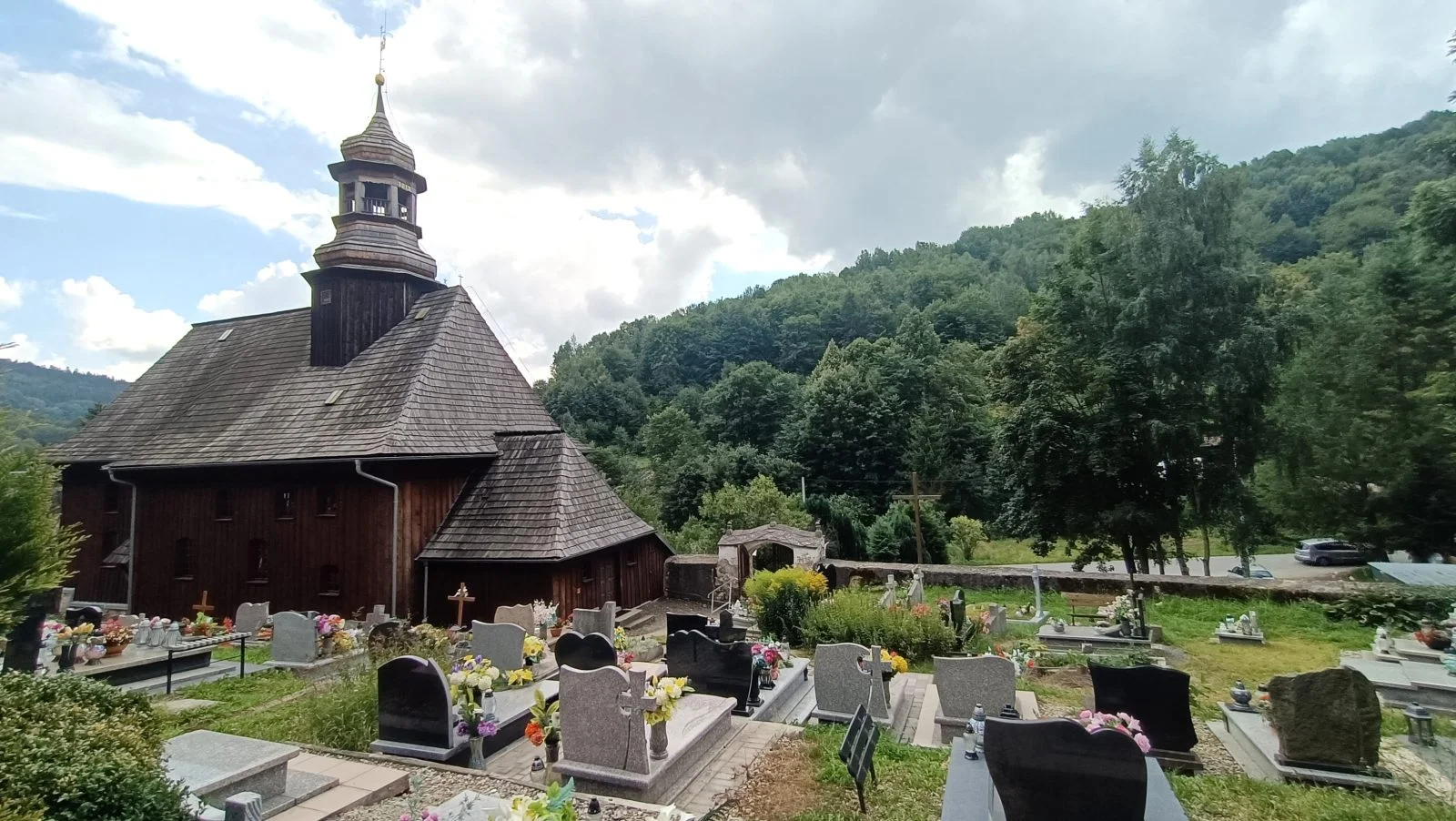
Landscapes of Memory. Rural churchyard cemeteries on the Polish–Czech Borderland
November is a time that naturally evokes remembrance of our loved ones. It pauses our daily rush and allows us to look more deeply at the places where history, faith, and everyday life intertwine into one quiet landscape.
everyday life intertwine into one quiet landscape.
Small, often forgotten burial grounds situated beside churches in the very heart of villages stand not only as witnesses to former religious practices, but also as foundations of local identity.
Unlike large urban cemeteries, which have been separated from the rhythms of everyday life, churchyard cemeteries remain an integral part of it. They form distinctive centres of memory—spaces where life and death, the sacred and the communal, merge in a natural and inseparable way.
Such places undoubtedly include the rural churchyard cemeteries along the Polish–Czech borderland, which are the focus of a research project conducted by scholars from the Institute of Geography and Regional Development at the University of Wrocław: dr hab. Alicja Krzemińska and dr inż. Anna Zaręba.
Each of these cemeteries is an original and unique archive of culture and memory, preserving not only the history of ancestors, but also the fates of inhabitants of various nationalities and faiths, Poles, Czechs, and Germans among them. In their stone headstones, in the old lime and yew trees, in the spatial layouts and epitaphs, the traces of shared heritage are inscribed.
These are landscapes that teach us that memory knows no national borders, and that its endurance is a quiet form of dialogue between what was and what remains.
In an age of globalisation, migration, and changing models of spirituality, such places take on particular significance. They teach humility towards history and responsibility for the cultural landscape, which is not merely a record of the past, but also a living space of community. Preserving them and understanding their symbolism is a way of safeguarding intangible heritage, something increasingly difficult to grasp in a rapidly changing world.
The project “Rural Churchyard Cemeteries on the Polish-Czech Borderland in the Landscape of Lower Silesia” is ongoing. The research team continues to carry out further inventories, photographic documentation, and landscape analyses, and disseminates its findings through publications, conference presentations, exhibitions, lectures, and meetings devoted to exploring the sacred in the landscape.
− Memory is not only a recollection of our ancestors—it is also an awareness of coexistence. It is the quiet presence of those who lived beside us, even if they spoke a different language or prayed in a different way. It is a bridge between past and present, between people and the landscape that continues to tell the same story—of shared fate and the need to endure − emphasise the researchers from the University of Wrocław.
The project “Wiejskie przykościelne cmentarze pogranicza polsko-czeskiego w krajobrazie woj. Dolnośląskiego” is funded by the Ministry of Education and Science under the Science for Society programme, in the research area Humanities – Society – Identity. The grant awarded for the study amounts to PLN 485,978.
More about the project can be found on the project website, in the article “Sacral landscapes written by history – scientific project” and on Facebook.
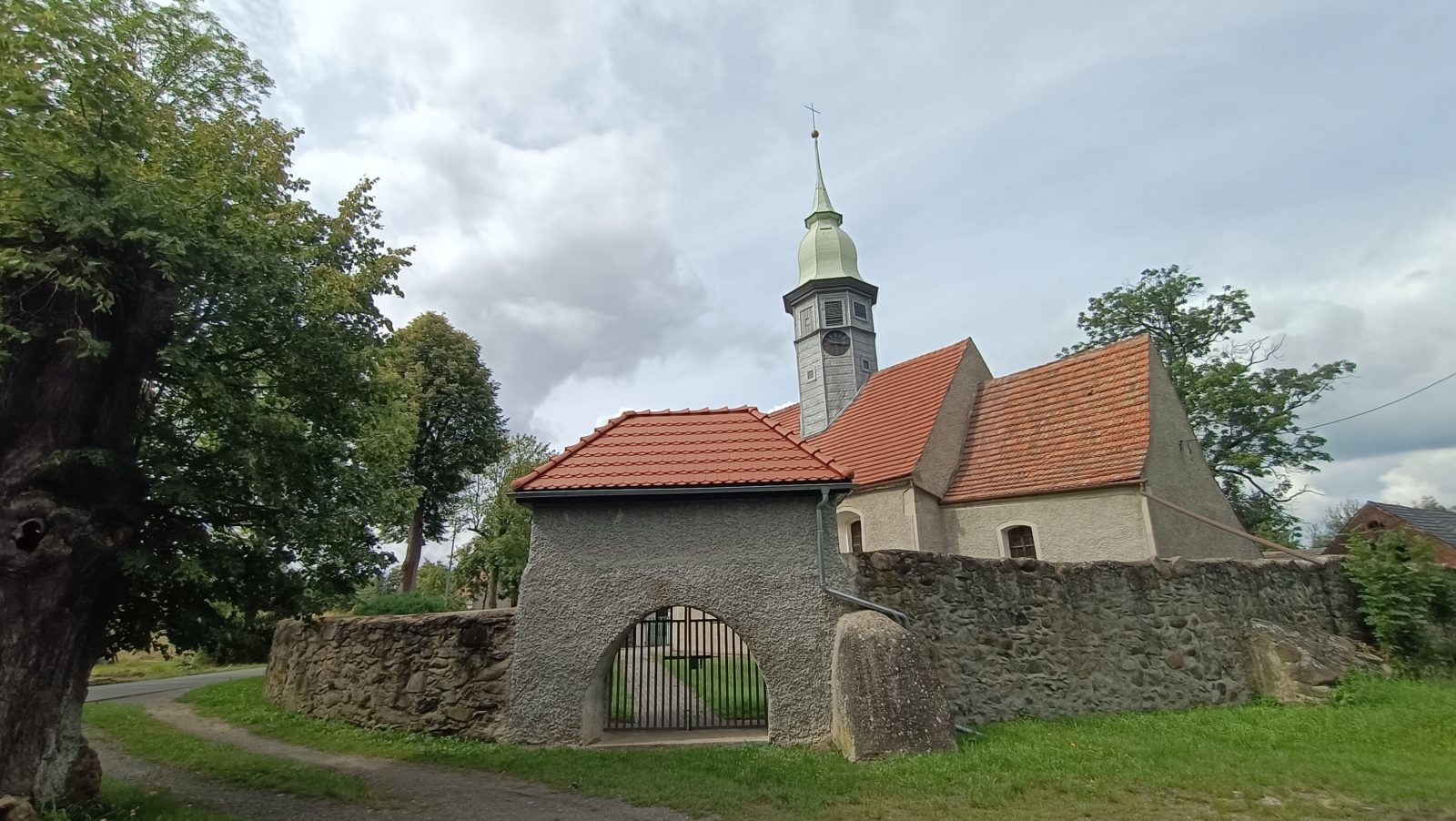
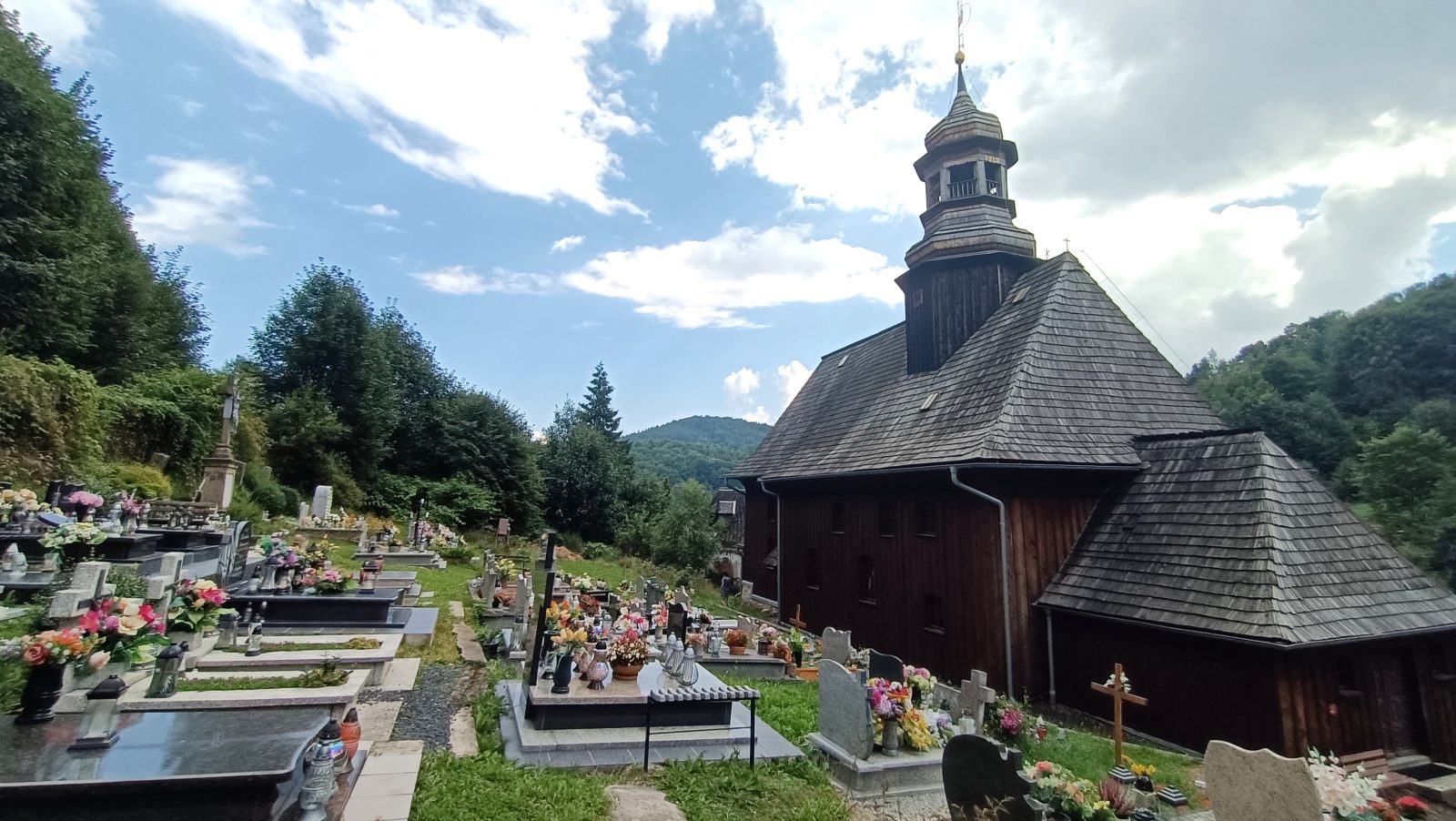
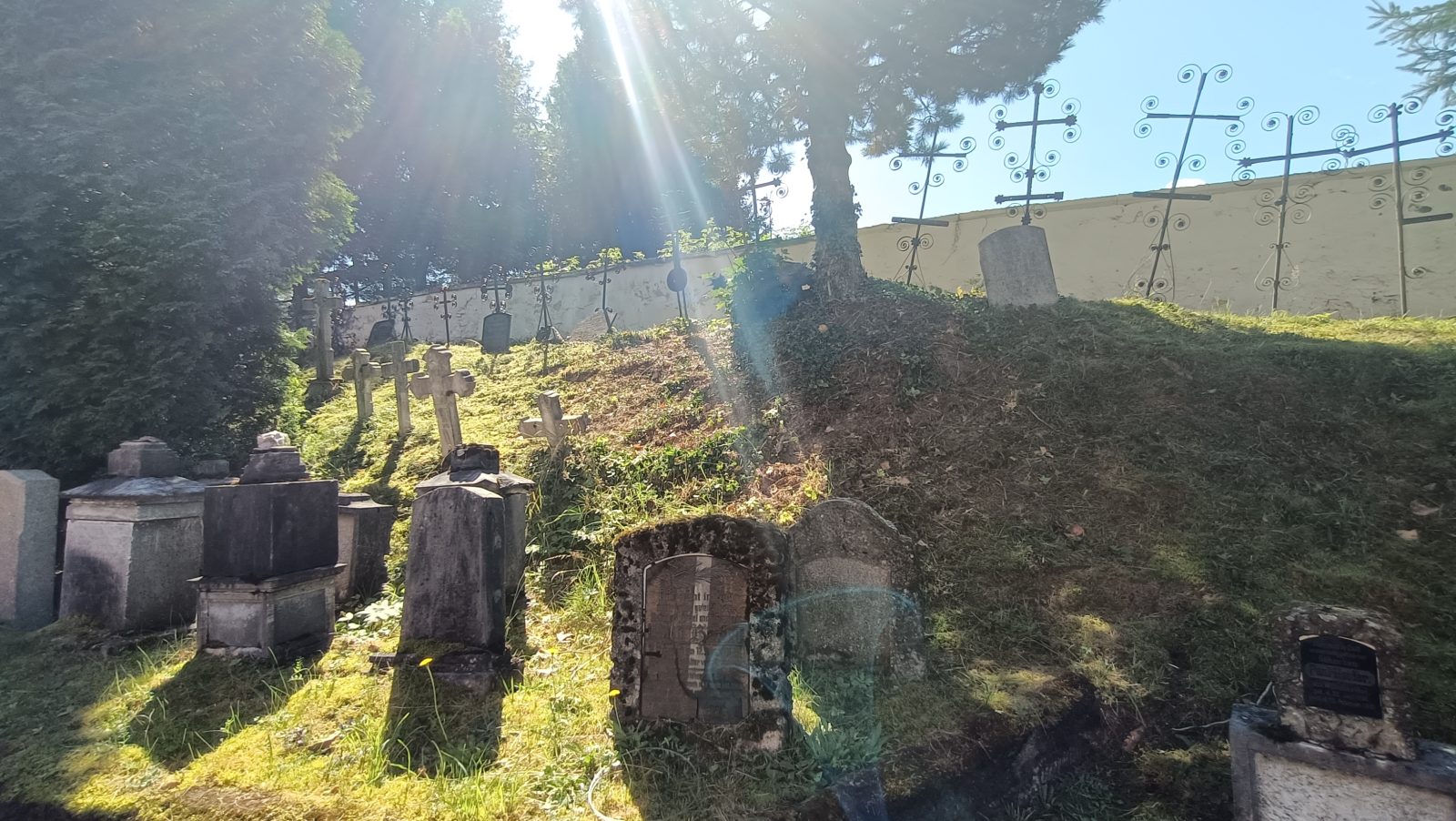

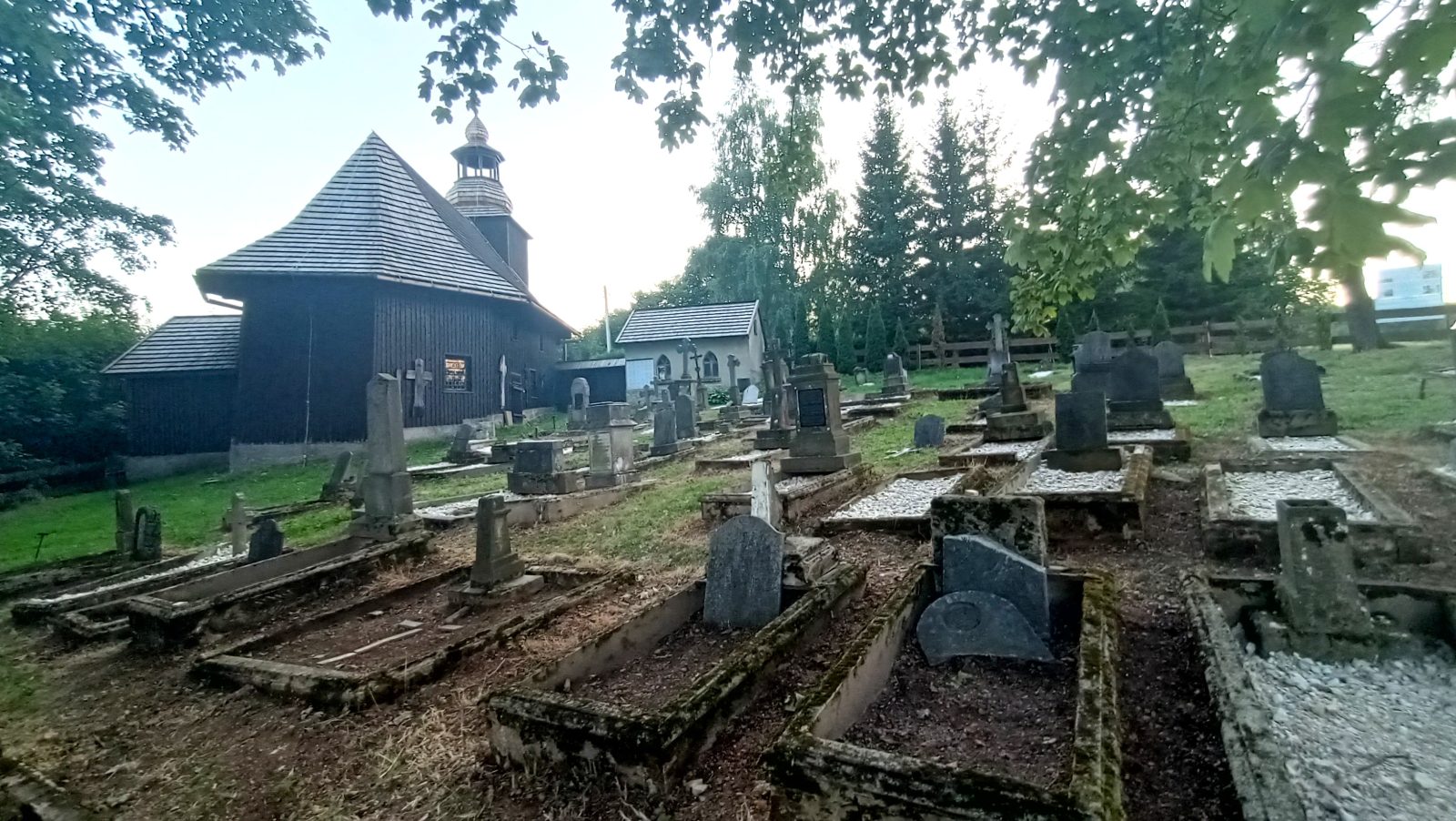
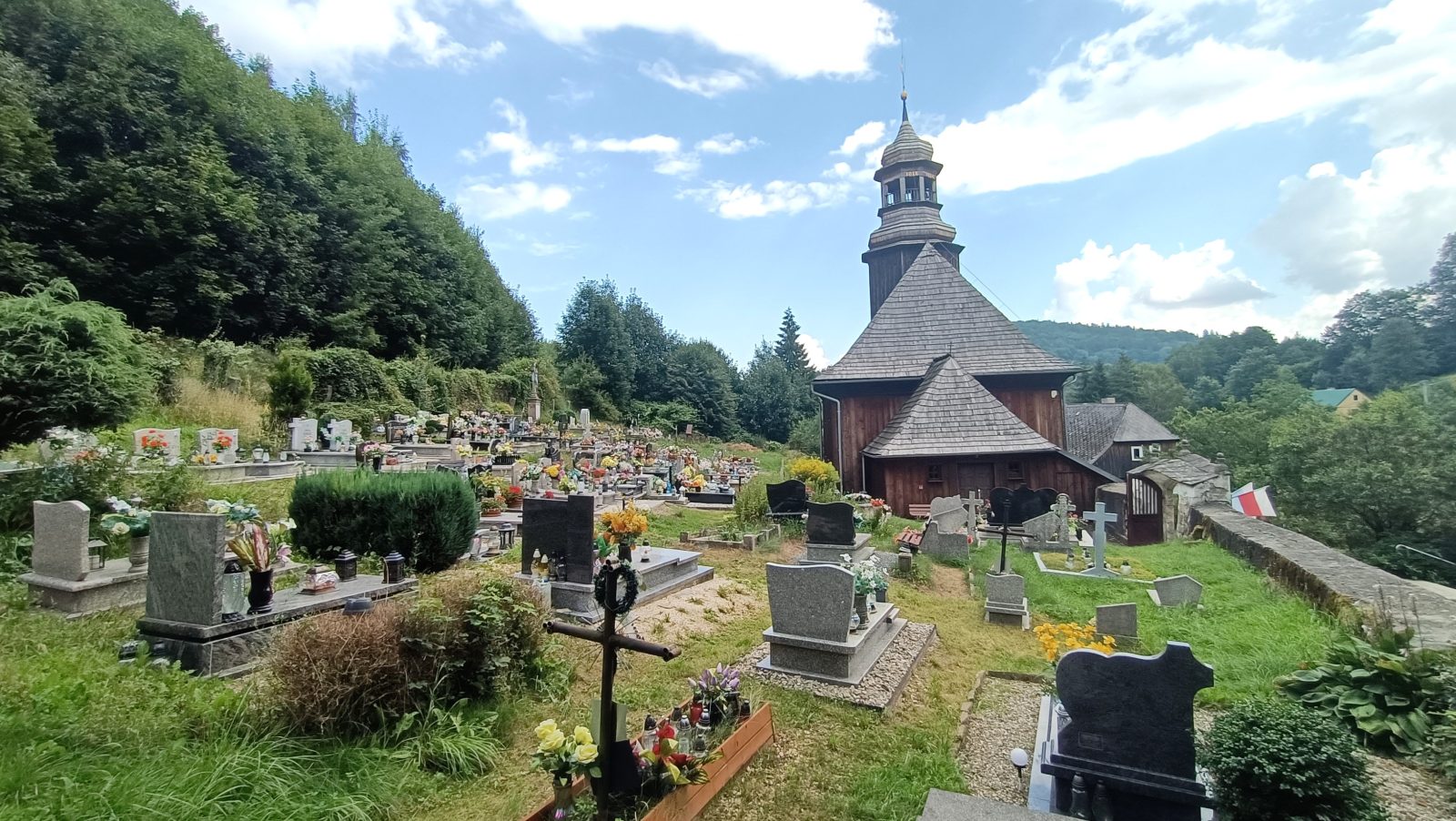
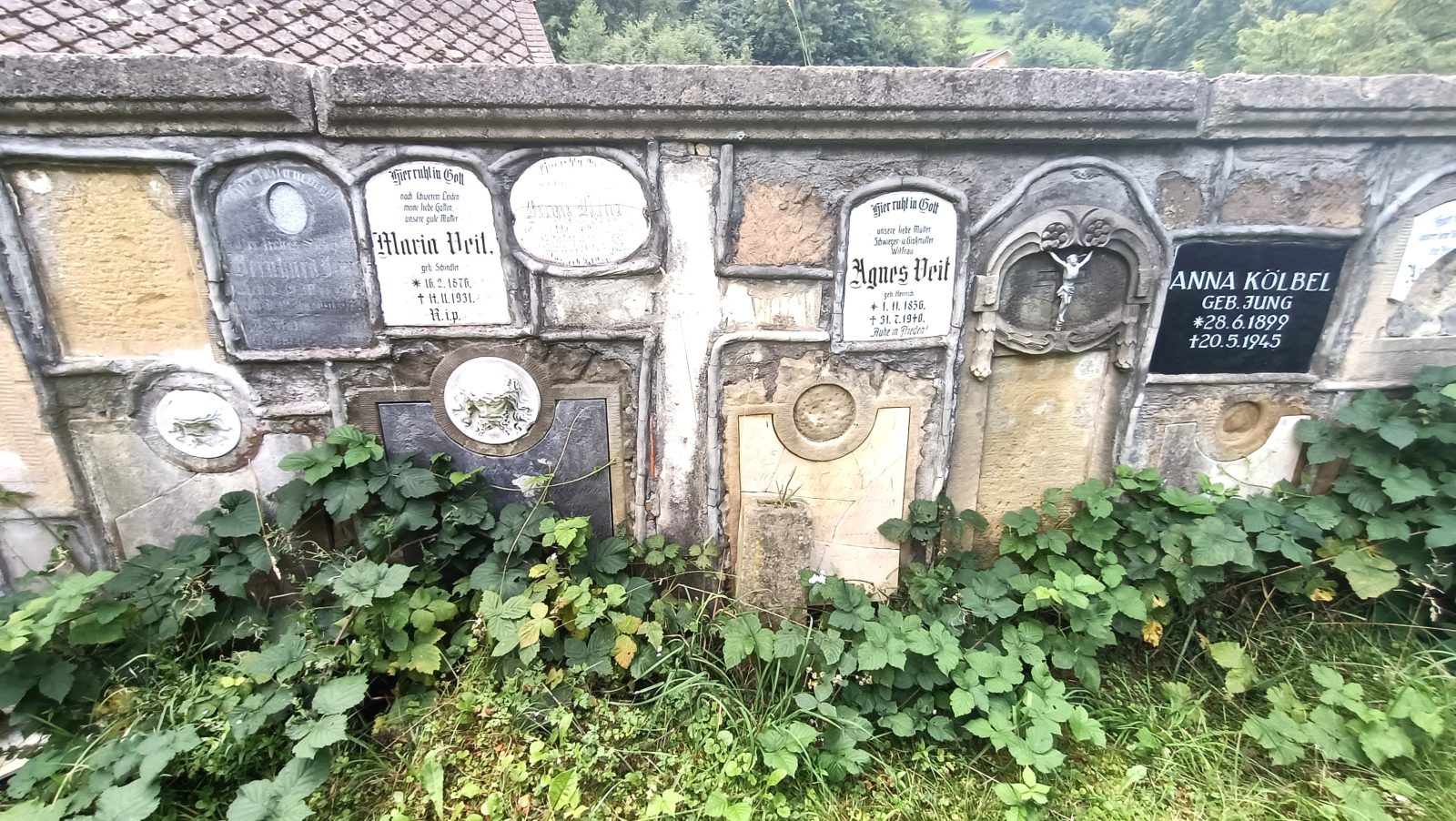
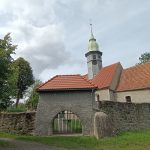

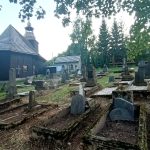

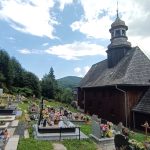
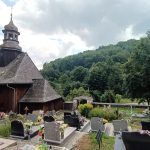
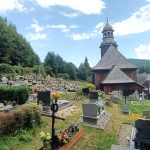
Date of publication. 30.10.2025
Added by: M.J.



